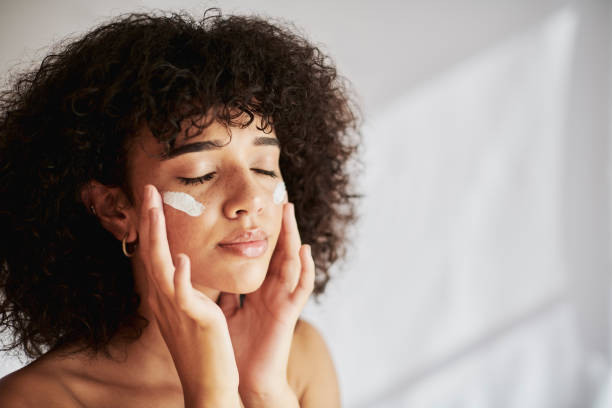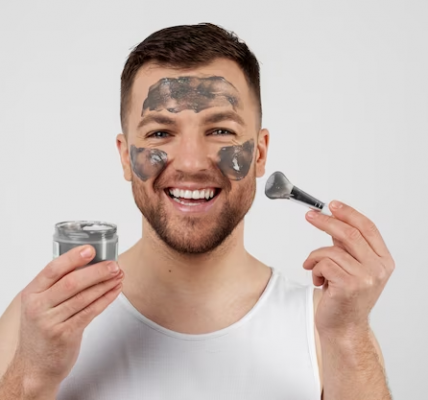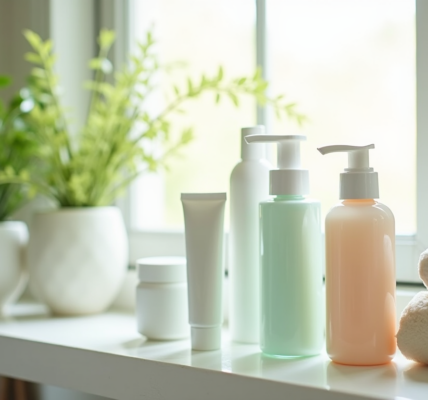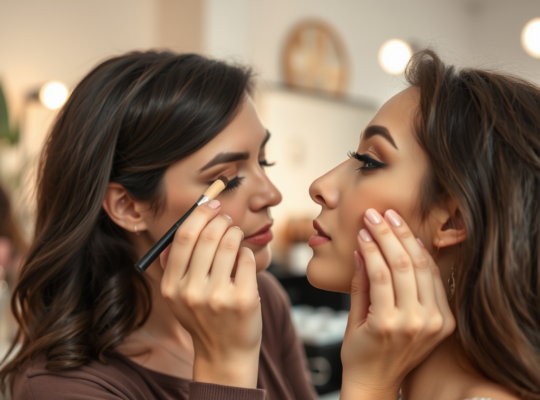Combination skin is a unique skin type characterized by having both oily and dry areas on your face. This article will guide you through effective ways to care for combination skin, ensuring it remains balanced and healthy. By following these steps, you can manage the diverse needs of your skin.
Understanding Combination Skin

Combination skin features two or more different skin types on the face. Typically, the T-zone (forehead, nose, and chin) appears oily, while other areas, like the cheeks, might be dry or normal. This skin type requires a more tailored skincare routine to address the varying needs effectively.
One of the biggest challenges with combination skin is finding the right balance between controlling excess oil and providing enough moisture. Using products that cater to specific areas of your face can help manage this balance. Additionally, understanding your skin’s behavior in different seasons and environments is crucial for maintaining its health.
Cleansing Properly
Cleansing is a vital step in any skincare routine, especially for combination skin. It’s essential to use a gentle cleanser that removes impurities without stripping the skin of its natural oils. Over-cleansing can exacerbate dryness in certain areas while promoting excess oil production in others.
Look for a cleanser that is formulated for combination skin, preferably one that is hydrating yet effective at removing dirt and oil. Some beneficial ingredients include glycerin, hyaluronic acid, and gentle exfoliants. Use lukewarm water, as hot water can irritate and dry out your skin.
Balancing Moisturization
Finding the right moisturizer for combination skin can be tricky but is crucial for maintaining skin health. Using different moisturizers for different areas of your face can be beneficial. A lightweight, non-comedogenic moisturizer is ideal for the T-zone, while a richer cream can be applied to dry areas like the cheeks.
Ingredients like hyaluronic acid, niacinamide, and ceramides are excellent for providing balanced hydration. These ingredients help retain moisture without clogging pores or making oily areas appear shinier. Make sure to apply your moisturizer consistently both in the morning and evening.
Toning and Exfoliating
Toning helps to remove any residual cleanser and prepare your skin to absorb other products better. It’s important to choose a toner that is alcohol-free to avoid drying out your skin further. A toner with natural astringents like witch hazel or soothing ingredients like chamomile can be beneficial.
Exfoliation should be done with caution. Over-exfoliating can damage the skin barrier and lead to increased dryness or breakouts. Opt for a gentle exfoliant, such as a chemical exfoliant with AHAs or BHAs, and use it no more than twice a week. This helps in removing dead skin cells and keeps the complexion bright and even.
Sun Protection
Using sunscreen is non-negotiable regardless of your skin type, and it’s especially important for combination skin. The sun can exacerbate both oily and dry areas, leading to more significant issues over time. Choose a lightweight, broad-spectrum SPF 30 or higher.
Gel-based or fluid sunscreens tend to work well for combination skin as they are less likely to clog pores while still providing necessary protection. Apply sunscreen every morning, reapplying throughout the day as needed, especially if you’re spending extended periods outside.
Dealing with Problem Areas
Combination skin often requires addressing specific problem areas separately. For instance, you might need a mattifying product for the oily T-zone and a hydrating serum for dry patches. Targeted treatments can help manage these issues more effectively.
Here are some tips for dealing with problem areas:
- Use blotting papers or a mattifying primer for oily areas to reduce shine.
- Apply hydrating masks to dry areas to restore moisture.
- Spot treat breakouts with salicylic acid or benzoyl peroxide only on affected areas.
- Regularly check and adapt your skincare routine to meet the specific needs of your skin.
Conclusion
Caring for combination skin involves a balanced approach that addresses both oily and dry areas of your face. By understanding the unique requirements of your skin type, choosing appropriate products, and maintaining a consistent skincare routine, you can achieve a healthy and balanced complexion. Remember to cleanse gently, moisturize effectively, protect from the sun, and address specific problem areas with targeted treatments.
Frequently Asked Questions
1. How often should I wash my face if I have combination skin?
It is recommended to wash your face twice a day, once in the morning and once in the evening, to remove impurities and maintain a balanced complexion.
2. Can I use the same moisturizer for both dry and oily areas?
While some moisturizers can work for both areas, it is often beneficial to use a lightweight moisturizer for oily areas and a richer cream for dry patches.
3. How do I choose the right cleanser for combination skin?
Look for gentle, hydrating cleansers that can remove impurities without stripping your skin of essential oils. Avoid harsh, drying ingredients.
4. Should I use a toner if I have combination skin?
Yes, using an alcohol-free toner can help balance your skin and remove any residual cleanser, preparing your skin to absorb subsequent skincare products more effectively.
5. Is exfoliation necessary for combination skin?
Exfoliation can be beneficial, but it should be done gently and not more than twice a week to avoid damaging the skin barrier. Opt for chemical exfoliants with AHAs or BHAs.









